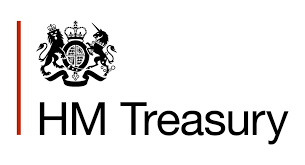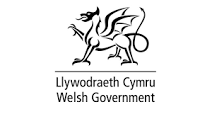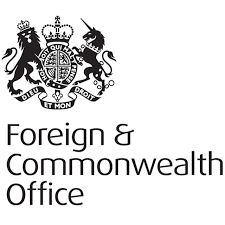HISTORIC PRESS RELEASE : UK official holdings of foreign currency and gold: March 1998 [April 1998]
The press release issued by HM Treasury on 2 April 1998.
UK OFFICIAL HOLDINGS OF FOREIGN CURRENCY AND GOLD: MARCH 1998
Part I: UK Government Reserves
The overall level of the UK Government’s spot reserves fell by $6 million in March, bringing the end-March total to $36,527 million (21,814 million Pounds) compared with $36,533 million (22,199 million Pounds) at the end of February.
The underlying change in the reserves was a decrease of $1 million.
The underlying change excludes factors that are included in the overall change. In March:
there were repayments of $6 million of public-sector borrowing for which the Government has provided an exchange-rate guarantee under the Exchange Cover Scheme (ECS); and
receipts from Government ECU Treasury bills issued exceeded repayment on those maturing by $1 million.
| $ million | |
| end-March reserves | 36,527 |
| less | |
| end-February reserves | 36,533 |
| OVERALL CHANGE | -6 |
| less adjustments | 5 |
| UNDERLYING CHANGE | -1 |
After the annual revaluation, the reserves stood at $34,219 million (20,435 million Pounds).
Part II: Bank of England Holdings of Foreign Currency and Gold
The level of the Bank of England’s spot holdings of foreign currency and gold was $2,961 million (1,768 million Pounds ) at end-March compared with $6,660 million (4,047 million Pounds) at the end of February.
| $ million | |
| end-March holdings | 2,961 |
| less | |
| end-February holdings | 6,660 |
| OVERALL CHANGE | -3,699 |
The change in the Bank’s holdings includes changes in foreign-currency and gold deposits placed with the Bank by overseas central banks and other customers and the change in valuation over the month.
The change also includes a decrease of $3,729 million in the Bank’s spot holdings due to the net effect of foreign-exchange swaps conducted in the first quarter of 1998 in the course of the Bank’s money-market operations. These foreign-exchange swaps were
undertaken as a supplement to the Bank’s usual money-market techniques to provide sterling liquidity to the market. The operations are purely technical in nature and have no monetary-policy significance; they are likely to be used from time to time in the future, depending on market conditions.



